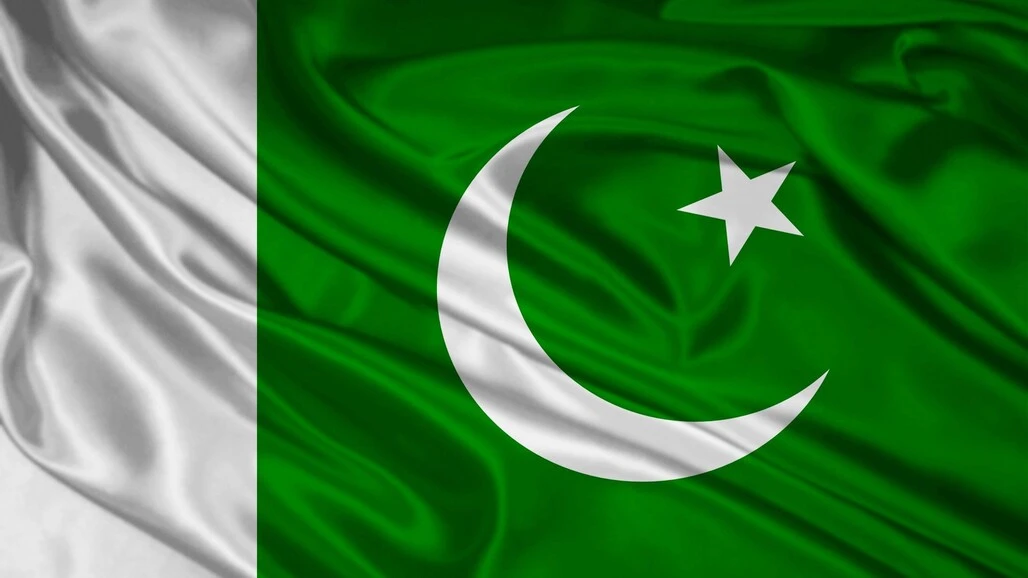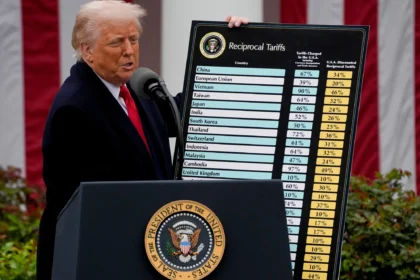Pakistan’s year-on-year inflation hit 35.37 percent in March, which is the highest in nearly five decades, as the government scrambled to meet International Monetary Fund (IMF) conditions to unlock a desperately needed bailout.
According to government data released on Saturday, Month-on-month inflation was 3.72 percent, while the average inflation rate for the past year was 27.26 percent.
Political instability and years of financial mismanagement have driven Pakistan’s economy to the edge of collapse, heightened by a global energy crisis and devastating floods that submerged a third of the country in 2022.
The South Asian nation needs billions of dollars of financing to service existing debt, while foreign exchange reserves have declined and the rupee is in freefall.
Poor Pakistanis are feeling the brunt of the economic disruption, and at least 20 people have been killed since the start of the Muslim fasting month of Ramadan in crowd crushes at food distribution centers.
The way inflation is rising, I believe a famine-like situation has been simmering.”
Shahida Wizarat, a Karachi-based analyst said.
At least 12 people were killed on Friday in a crowd crush in Pakistan’s southern city of Karachi at a factory distributing Ramadan charities.
Pakistan which is home to more than 220 million is in-depth in debt and must enact tough tax reforms and push up utility prices if it expects to unlock another tranche of a $6.5 billion IMF bailout and avoid defaulting.
Inflation is expected to stay at “elevated” levels, the finance ministry said, “owing to market frictions caused by relative demand and supply gap of essential items, exchange rate depreciation and recent upward adjustment of administered prices of petrol and diesel.”




